Mental health needs are rising, but so are questionable prescribing patterns. Pharmacists can help define the line between justified care and risky overreach.
Australia’s adolescent mental health crisis is escalating at a troubling pace. A landmark longitudinal study by Murdoch Children’s Research Institute revealed that by age 18, nearly three quarters (74 %) of Australian teenagers experienced clinically significant symptoms of anxiety or depression at least once – with many enduring chronic episodes spanning multiple school transitions and exam periods.
The Australian Bureau of Statistics confirms that in 2020–22, 38.8 % of 16–24 year‑olds reported a mental disorder in the past 12 months, dominated by anxiety (17.2 %). Contributing factors are complex: academic pressure, early puberty, growing social isolation, socioeconomic stress, and particularly, the impact of social media.
The increase in prescribing
Similarly, antidepressant prescribing among Australian adolescents is on the rise, raising concerns about off-label use and high-dose regimens – with the pharmacist’s role in ensuring safe and appropriate therapy more important than ever. A 2024 ABC report noted that psychotropic use in under‑18s more than doubled from 2013 to 2023.3
Between 2013 and 2019, Selective Serotonin Reuptake Inhibitor (SSRI) prescribing in adolescents steadily climbed, with GPs accounting for 55 % of prescriptions in 12–14 year‑olds and 78 % in 15–17 year‑olds.
According to consultant pharmacist Amanda Fuller, Clinical Lead at Medcast, the increase in antidepressant prescribing reflects a complex mix of demand, access issues, and public perception.

‘We’re seeing a growing awareness of mental health in young people, which is a positive shift,’ Ms Fuller said. ‘But when that’s combined with long waitlists for psychologists and psychiatrists, GPs often feel pressure to act quickly – particularly if there are concerns about deterioration or safety.’
This urgency is sometimes reinforced by family expectations. ‘Parents and carers may see antidepressants as a fast-acting solution while they wait for psychological support,’ she added.
Off-label use in high doses
Most prescribing for under-18s is off-label, which complicates matters, Ms Fuller said.
‘This places the responsibility on prescribers to weigh clinical judgment and available evidence against regulatory guidance.’
In Australia, only fluvoxamine and sertraline are approved by the Therapeutic Goods Administration (TGA) to treat obsessive-compulsive disorder (OCD) – in children aged 6 and 8 years and older, respectively. Others are used beyond their approved indications.
Fluoxetine remains the most commonly prescribed antidepressant in this cohort. ‘It’s the recommended first-line SSRI for adolescents and is the only one with consistent trial evidence showing efficacy over placebo in depression,’ Ms Fuller said. ‘But even then, the benefit was modest, placebo response rates were high, and study quality was poor, making interpretation difficult.’
In anxiety, the data is even less robust. ‘There’s limited evidence, though fluoxetine, fluvoxamine, and sertraline have shown some benefit in trials. But again, quality is a concern,’ she said.
Public understanding of antidepressants is also often shaped by outdated ideas, Ms Fuller said. ‘The “chemical imbalance” theory has been largely debunked, but it still drives the belief that medication is essential for treatment.’
More concerning is the increasing use of high-dose antidepressant regimens, sometimes exceeding standard adult doses.
‘We know higher doses are sometimes used in OCD, and prescribers may consider the adolescent’s physical maturity. But there’s no strong evidence to support routine high-dose use in this age group,’ she said.
Psychiatrists are more likely than GPs to prescribe these higher doses, often in complex or treatment-resistant cases. However, efficacy data for higher doses is lacking – even in adult populations.
‘In fluoxetine studies, response rates were actually highest between 20–40 mg daily,’ Ms Fuller said. ‘Going beyond that was linked to more [adverse] effects and increased dropout rates.’
The role of pharmacists
Pharmacists should take a proactive yet respectful approach when faced with uncertainty around an antidepressant prescription, Ms Fuller advised.
‘If something doesn’t add up – if you can’t confirm the indication, or there’s limited information about the treatment plan – it’s absolutely appropriate to contact the prescriber,’ she said.
Before doing so, she recommends checking key factors: ‘Clarify the diagnosis, assess for any psychosocial supports in place, confirm adherence and tolerance, and look at what the follow-up plan involves.’
When contacting prescribers, Ms Fuller urges pharmacists to approach conversations with collaboration, not correction. ‘Assume clinical reasoning is there – your role is to clarify, not challenge,’ she said ‘Focus on shared care, not prescription policing.”’
Australia’s adolescent mental health situation demands attention and pharmacists have a pivotal role in it. Soaring rates of depression, anxiety and antidepressant prescribing underscore the need for thoughtful, patient-centred care.
PSA25’s session on ‘Dosing dilemmas’, presented by Ms Fuller, offers essential guidance on navigating adolescent antidepressant use – from informed dosing choices to structured monitoring and collaborative decision-making.
Haven’t registered for PSA25 yet? Don’t miss your chance – registrations are still open.


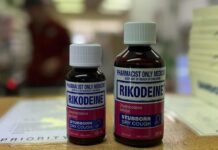

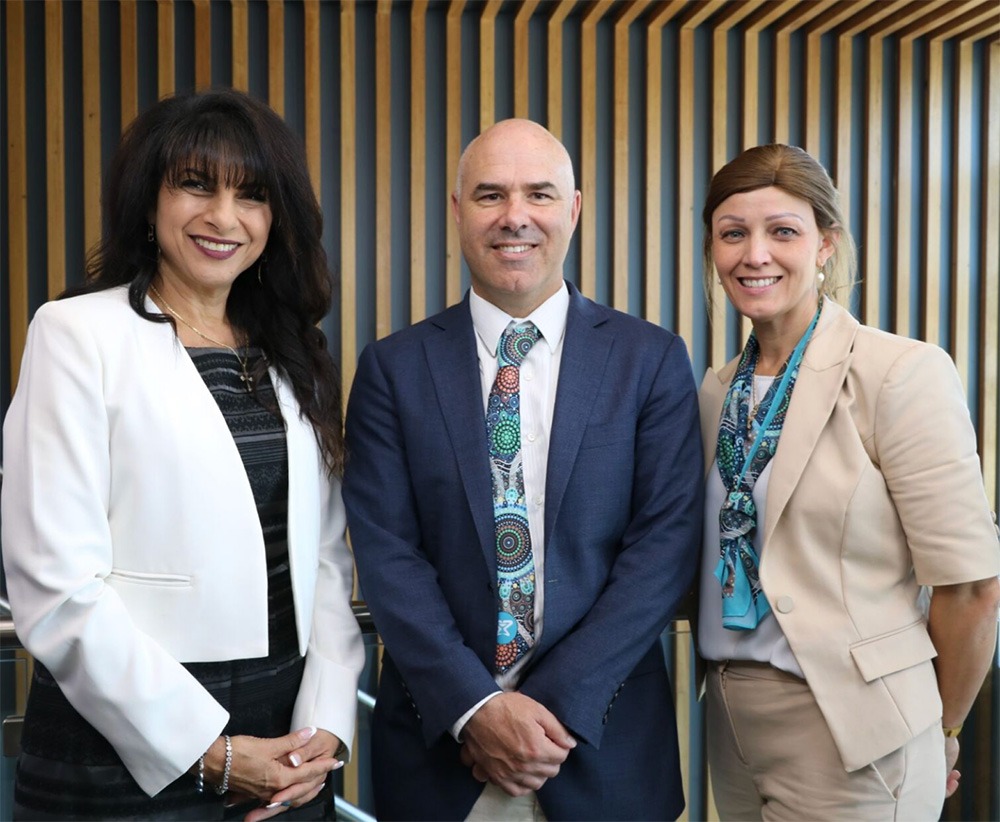 Team PSA 2026: Caroline Diamantis FPS, Prof Mark Naunton MPS and Bridget Totterman MPS[/caption]
Team PSA 2026: Caroline Diamantis FPS, Prof Mark Naunton MPS and Bridget Totterman MPS[/caption]
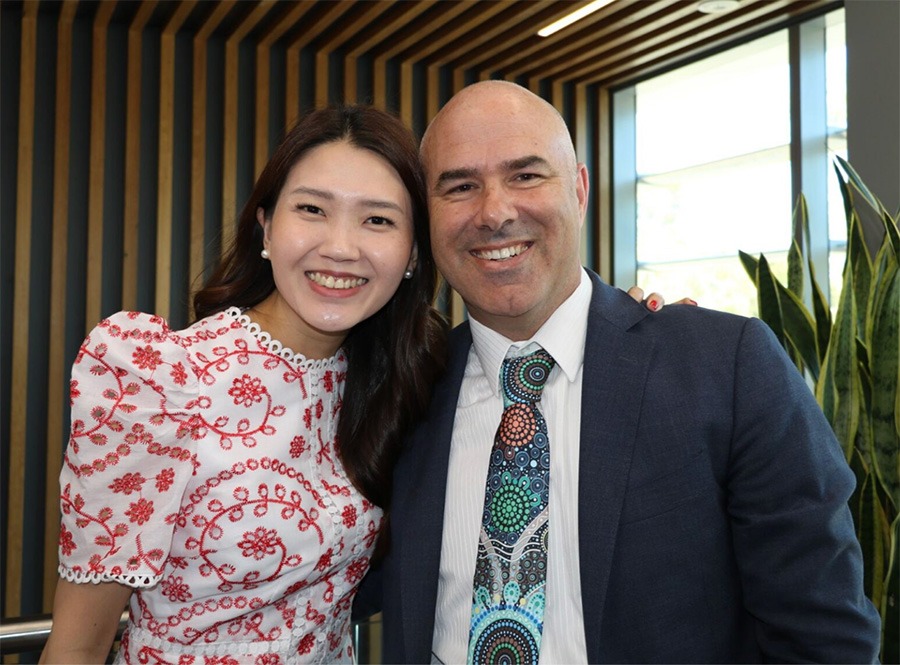 A/Prof Fei Sim and Prof Mark Naunton[/caption]
A/Prof Fei Sim and Prof Mark Naunton[/caption]

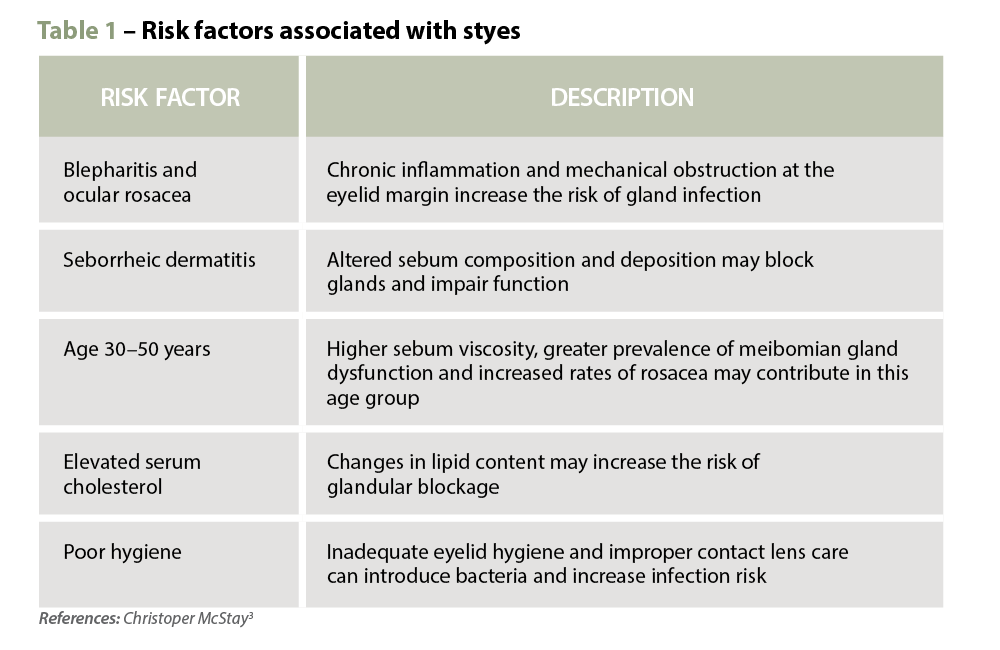 Clinical features
Clinical features 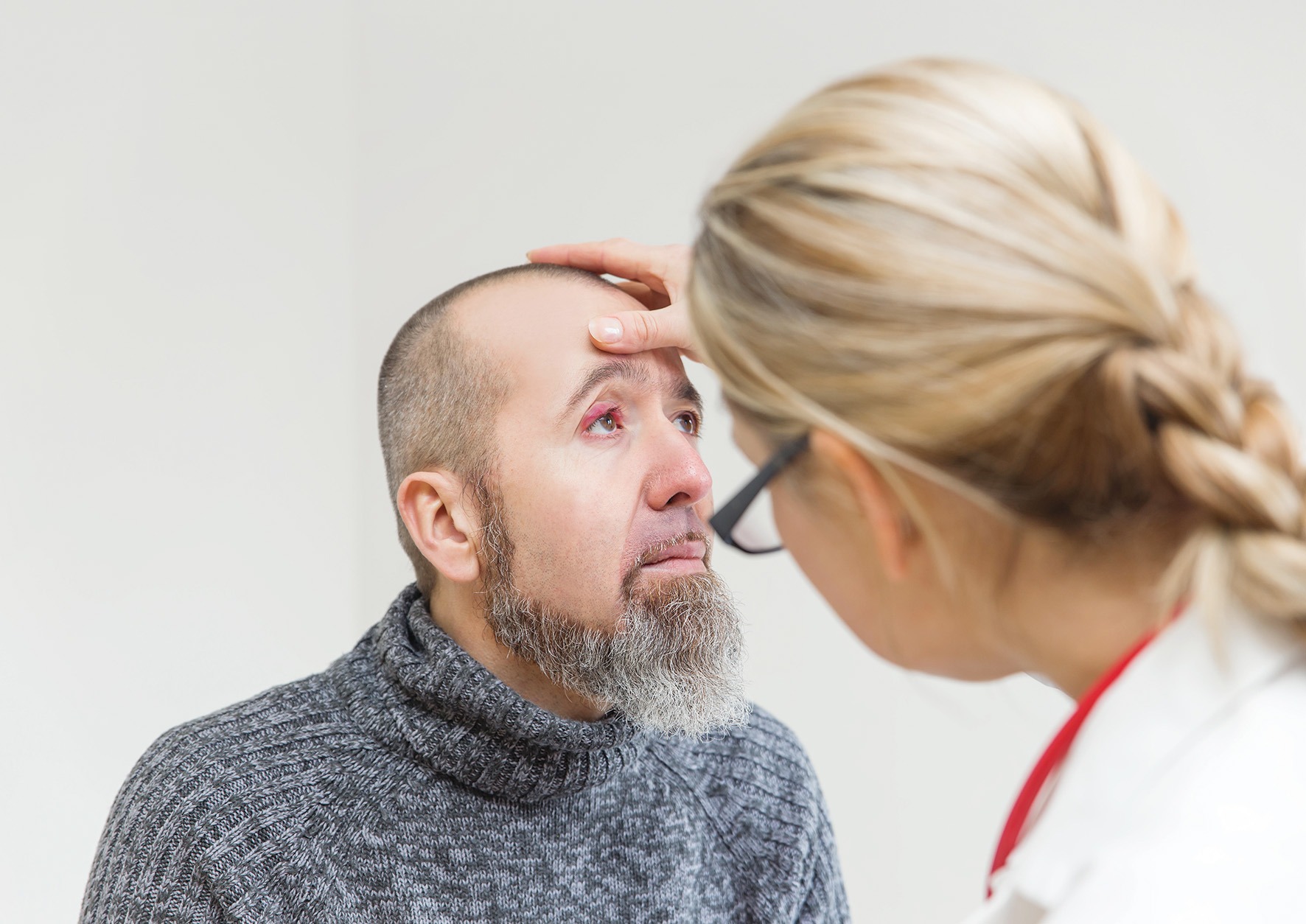 Warm compresses are the cornerstone of treatment, helping to soften the lesion, bring pus to the surface and encourage spontaneous drainage. A clean face cloth soaked in warm (not hot) water should be applied to the closed eyelid for 2–5 minutes, twice daily during the active phase. Once the stye begins to drain, any discharge should be gently wiped away using a clean, warm washcloth. After resolution, continuing warm compresses once daily may help prevent recurrence.2
Warm compresses are the cornerstone of treatment, helping to soften the lesion, bring pus to the surface and encourage spontaneous drainage. A clean face cloth soaked in warm (not hot) water should be applied to the closed eyelid for 2–5 minutes, twice daily during the active phase. Once the stye begins to drain, any discharge should be gently wiped away using a clean, warm washcloth. After resolution, continuing warm compresses once daily may help prevent recurrence.2 







